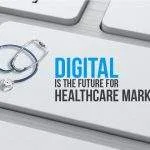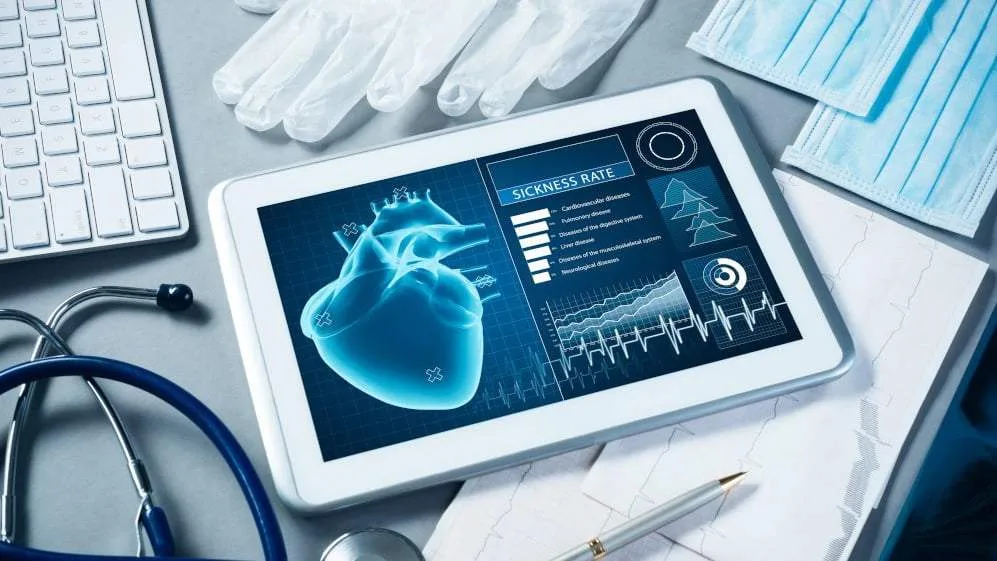Technological advances like artificial intelligent robots, robotics, big data, virtual reality, social computing and geospatial computing have made their way to most medical practices and dominate the conversation in digital health.
If you’ve attended a recent digital health event, sure you’ve met some of the top medical innovators on display. The key is to jump in early and be adaptive as healthcare technology evolves. By doing so, you can be a part of what makes it all happen…as the health care industry moves forward together with the latest digital innovation in mind.
Think of how a new form of medical technology could affect the outcome of your care. For instance, with the development of digital technology, imaging used by physicians and nurses has increased while the quality of life has increased for patients.
How does this work? With advancements in digital health technology, images can be rendered in 3D and analyzed in real-time via a web camera for accurate diagnosis and improved outcomes.
Another digital health technologies innovation impacting the industry is the development of virtual patient recorders. In the past, a patient’s case history was handwritten, requiring the physician to spend time writing notes by hand and then review them at a later time.
For many medical schools, this is why teaching students about these new developments early in their education helps them better appreciate this important point. Patients who are able to view their cases online have the opportunity to download and review their files at any time. With this new innovation, patients can access and review their case history in a fraction of the time.
Is there anything else that you’ve heard about digital innovations impacting the medical industry? One important thing to note is that some of these technologies actually benefit both healthcare providers and patients. One example is the development of digital X-ray machines.
With these advancements, patients are able to obtain long-term treatment through minimally invasive treatments that are less painful than other methods. For healthcare providers, this type of digital innovation allows them to save money on imaging tests and treatment while providing the most accurate information possible.
Technology is changing the way we do business in many fields. In the medical field specifically, digital health technology is changing the way we do patient care. Digital innovation has transformed the way that specialists communicate with patients and how they administer treatments.
The result is improved outcomes and more efficient processes. This is especially important as medical advances continue to impact the lives and the future quality of life for millions of people.
Social media and digital health technologies are also impacting how healthcare workers communicate with patients. Thanks to sites like Twitter and Facebook, patients can now easily get updates on their doctors and specialists on a real-time basis from the hospital or office where they are located. This means that patients who are visiting a specific specialist can now ask questions and have their inquiries answered right away. Likewise, this same information can be shared through social media networks with millions of users at the Worldwide Web.
Traditional technologies are also being challenged by new advances in digital technologies. One example is telemedicine. Telemedicine refers to the integration of healthcare information technology, namely telecare delivery devices, with actual healthcare services. This enables healthcare providers to deliver healthcare services when and where patients need them most. With this software, doctors can instantly identify symptoms and prescribe the best course of action for a particular patient.
Medical researchers have been working for years on improving telemedicine. Now, thanks to the power and versatility of artificial intelligence (AI) software, medical researchers are able to take an idea for a telemedicine application and apply it to a variety of healthcare settings. For example, if doctors are working in a doctor’s office, they can use facial recognition software to automatically recognise photos of patients taken at an office.
Armed with this information, the doctor can then ask patients about their medical history, symptoms, medications, etc., which can then be transmitted to a remote site via voice or data interface. All of this is done simply by scanning the photo and sending the data over an Internet link, making this an ideal solution for many clinical and healthcare professionals.







